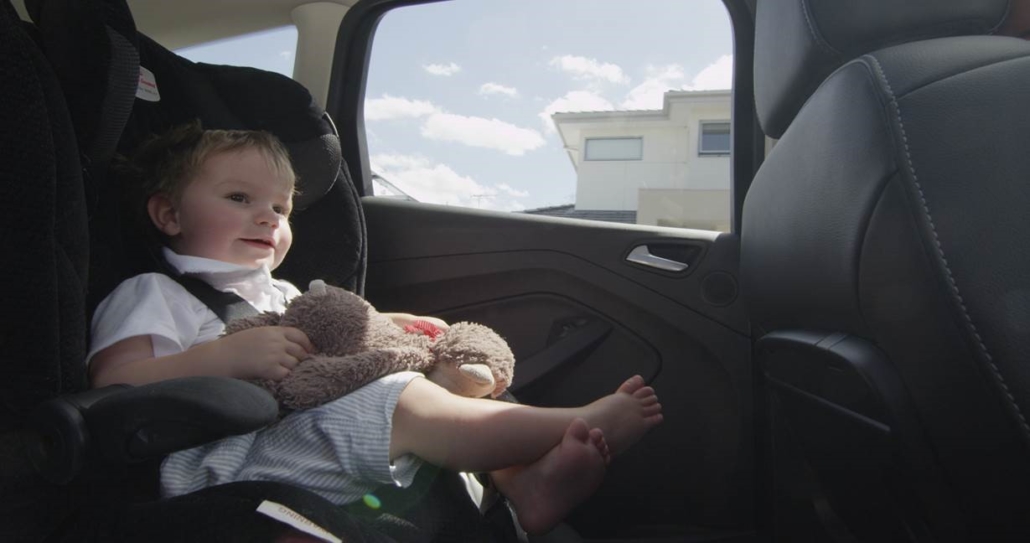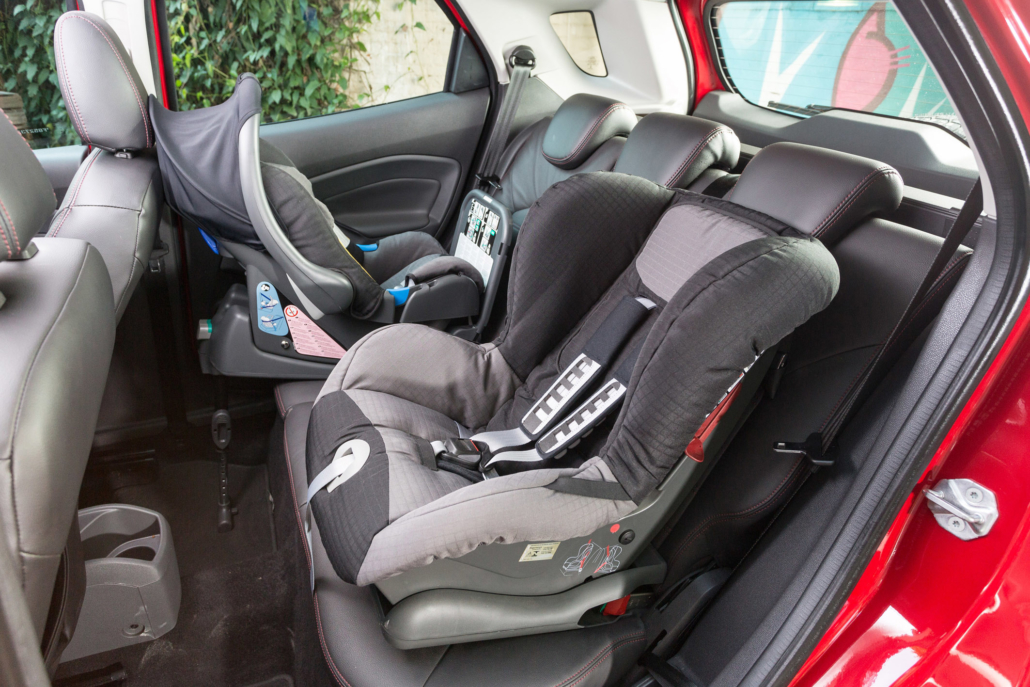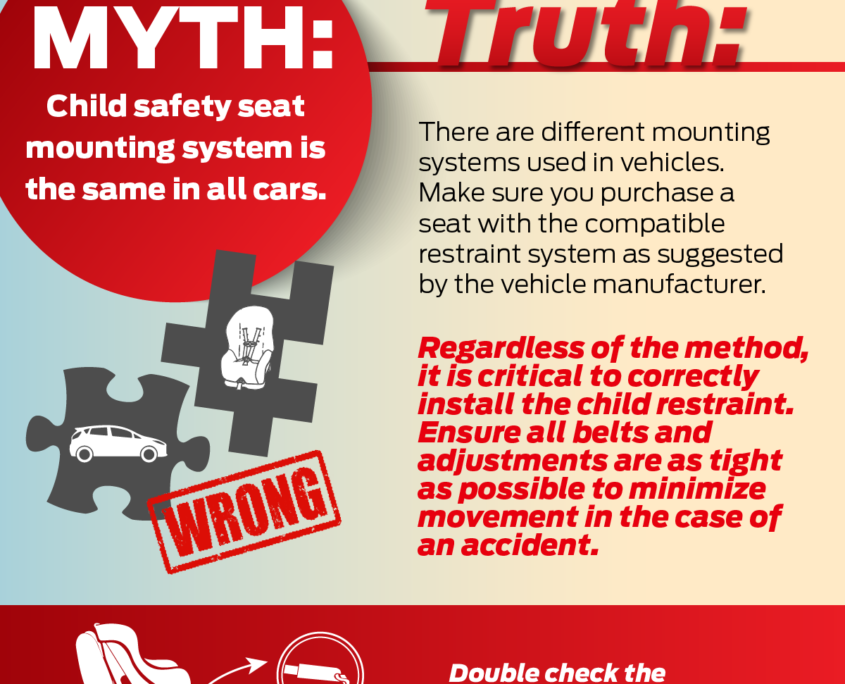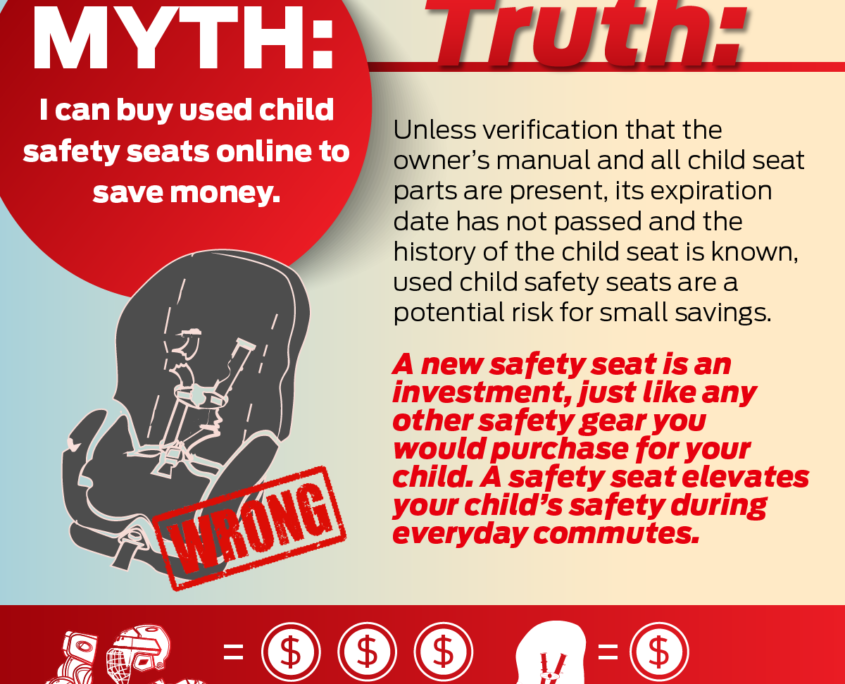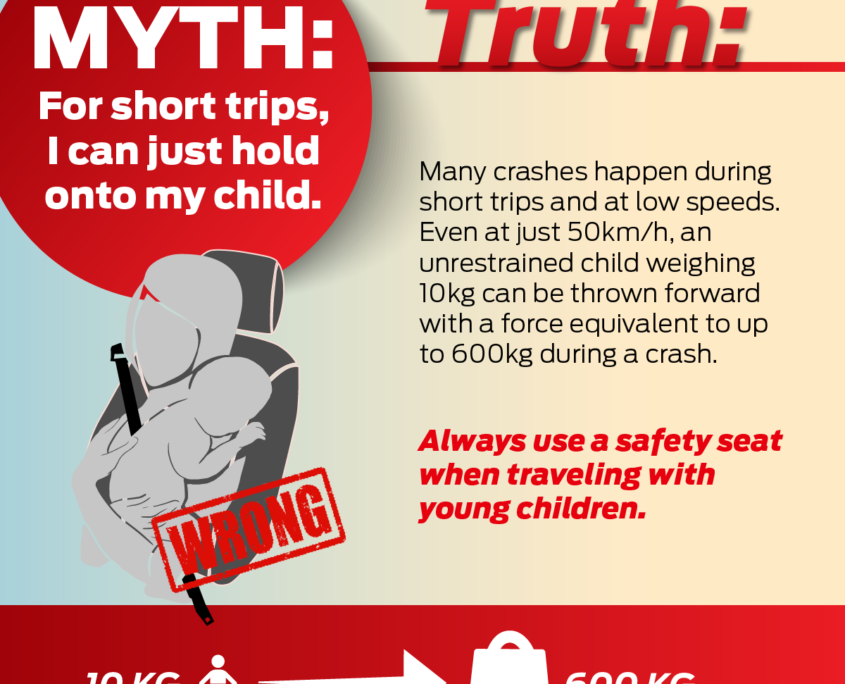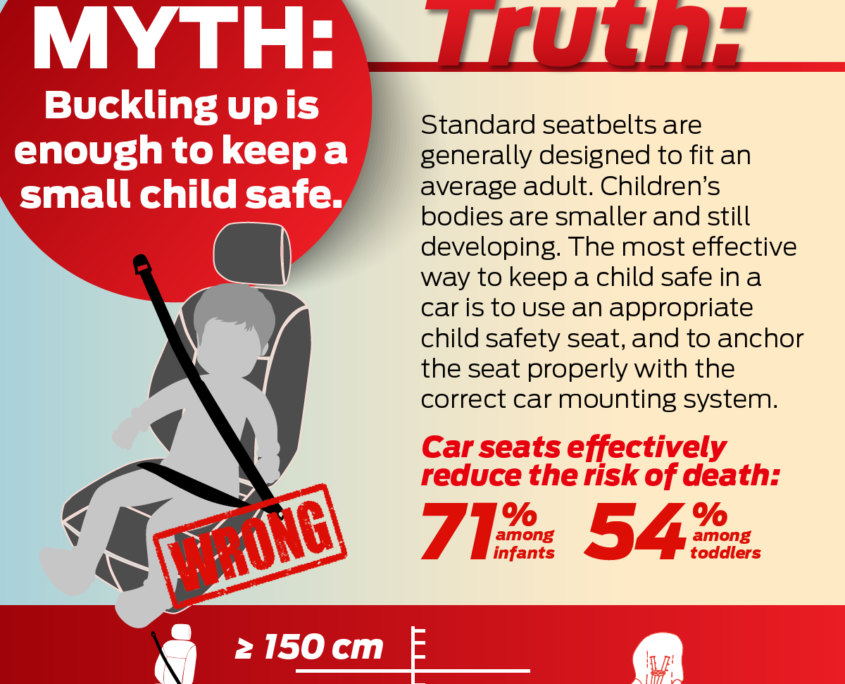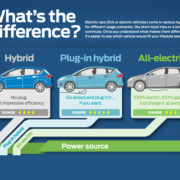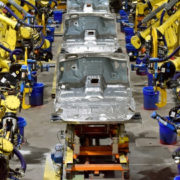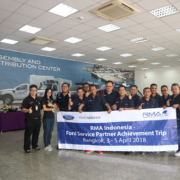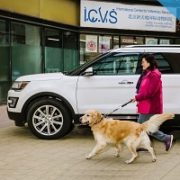Travelling with Kids in the Car? Here’s a Survival Guide
Every parent has been there: You’re on a family road trip out of the city or even just getting across town to a restaurant, and your child is not happy. They’re crying, and they don’t sit still. It’s understandable – after an hour in the car even the adults in the car can be getting restless. But active children can distract the driver which can lead to accidents.
While it’s disconcerting to hear a child cry, it’s unlikely they are in pain. They are more likely to be bored, hungry or just wanting to get outside and play. Here are some ways to keep your child or children safe, comfortable and happy in the car.
Set a good example
Safety consciousness stems from a child’s caregivers. It’s essential that the parents be good role models themselves. Despite all the technological advances, seat belts are still a top life-saving device in an accident so parents should always buckle up to set a good example for the kids.
Establish the rules, Part 1: Inside the car
Parents should establish rules around roads and cars, and make sure they are followed by all. For kids old enough to understand, parents should declare the family car commandment of: ask permission first, whether it’s to open a window, a moon roof, or to change the music.
Establish the rules, Part 2: Outside the car
Take note: Even when outside of the car, children are at risk for an auto-related injury, so never let them out of your sight when cars are present. œA child’s diminutive size makes them easier to miss when parking and backing up,” cautions Cynthia Zhang, Vehicle Regulations Manager, for Ford Motor Company in China. Make sure all children hold a parent’s hand when vehicles may be present, whether it’s on a road or even when cars are parked.
Keep children comfortable and occupied in-vehicle
Make sure to have your child’s favorite toys (soft ones are better) and books to keep your child entertained, and help keep the driver focused on the road. Snacks and drinks will also help your child be less fussed. And don’t forget to schedule stops for bathroom breaks. Also, one reason a child may be fussing is because they could be too cold or too hot, so parents should keep track of what the climate is like in the back seat.
œAbove all, never leave children unattended in your vehicle. Exposure to high temperatures for even a short time can cause death or serious heat-related injuries, including brain damage, says Zhang. œSmall children are particularly at risk.
Child seats are a must
œSeatbelts and airbags are designed for passengers taller than 145 cm and heavier than 36kg, says Zhang, œso newborns and young children should be properly secured in a rear seating position with a child safety seat that is designed for their age and weight. Some parents are tempted to hold their child in the front seat with them, but this is not safe. In case of sudden braking, the force of acceleration can be as great as 4G, and holding on to a child is not enough. Although it is a mandatory requirement only in some cities and markets, expect child seats to be mandatory throughout China and in other countries in the coming years. Adds Zhang: “Children should use proper child safety seats from the first time they get into a car. That way, the child will see their safety seat as a natural part of travelling in a car.
Pay attention to how your child’s car seat is installed
Getting the right car seat is only half the story; installing them correctly is crucial for the child seat to actually function. According to the US National Highway Traffic Safety Administration, there is a 95% error rate in installing child safety seats[1]. Airbags can kill or injure a child in a child seat, so never place a rear-facing child seat in front of an active airbag. Child seats are often secured with standard seatbelts, but for added protection, get a child seat that installs with ISOFIX attachment points. Unlike other child safety systems that can be difficult to install properly, an ISOFIX seat plugs into dedicated latch points in the vehicle.
Even when you follow all the guidelines above, children may still grumble and wriggle in the backseat. But they are kids, and that’s their job. So you do your job in making them settled and comfortable. The next time your child starts to fuss, stay calm and find a safe place to pull over. And always be a careful driver when it comes to having children in the car: you know to expect the unexpected.
About Ford Motor Company
Ford Motor Company is a global automotive and mobility company based in Dearborn, Michigan. With about 203,000 employees and 67 plants worldwide, the company’s core business includes designing, manufacturing, marketing and servicing a full line of Ford cars, trucks and SUVs, as well as Lincoln luxury vehicles. To expand its business model, Ford is aggressively pursuing emerging opportunities with investments in electrification, autonomy and mobility. Ford provides financial services through Ford Motor Credit Company. For more information regarding Ford and its products and services, please visit www.corporate.ford.com.
[1] http://www.nhtsa.gov/DOT/NHTSA/NVS/Crash Avoidance/Technical Publications/2009/811234.pdf

